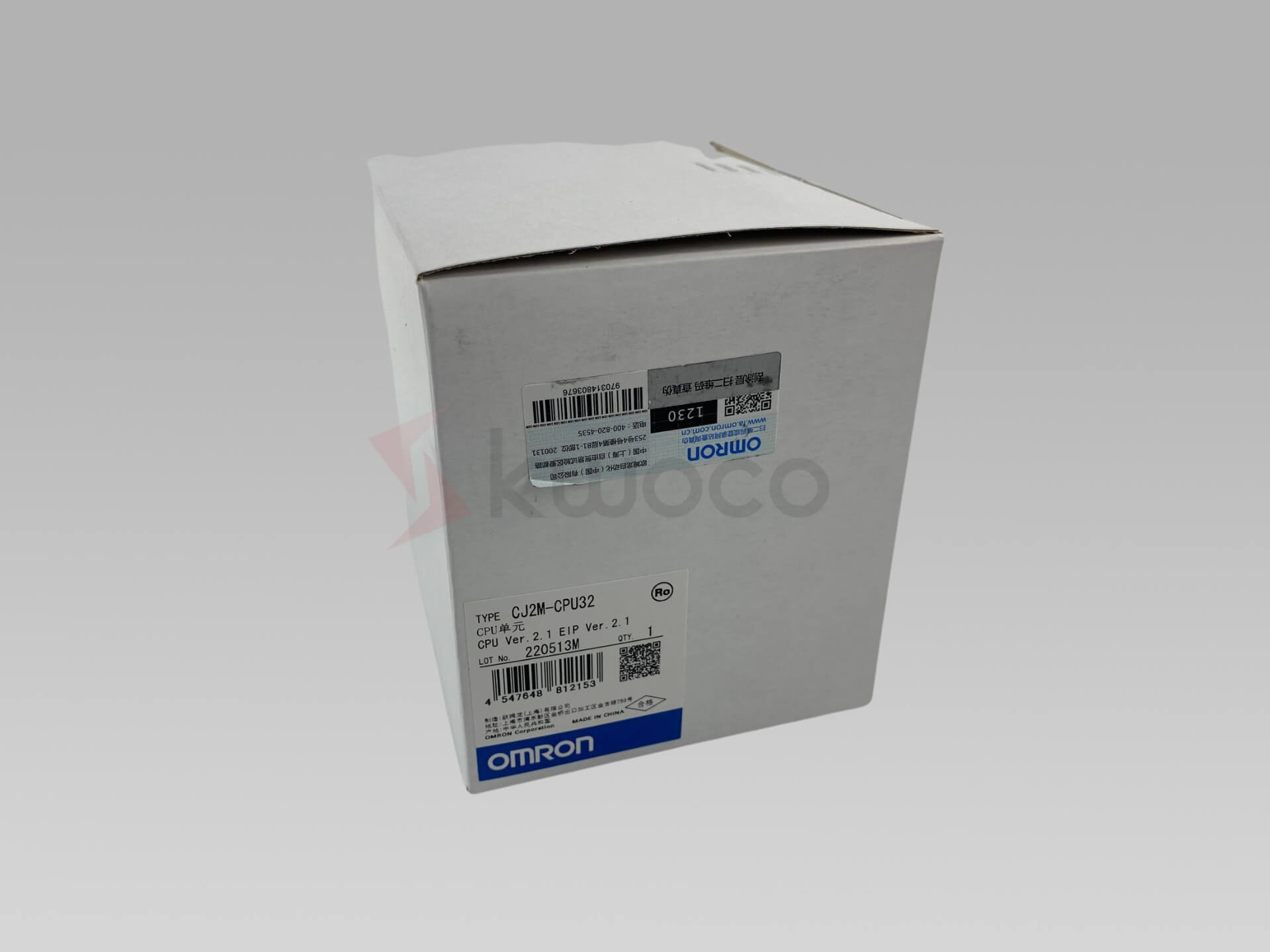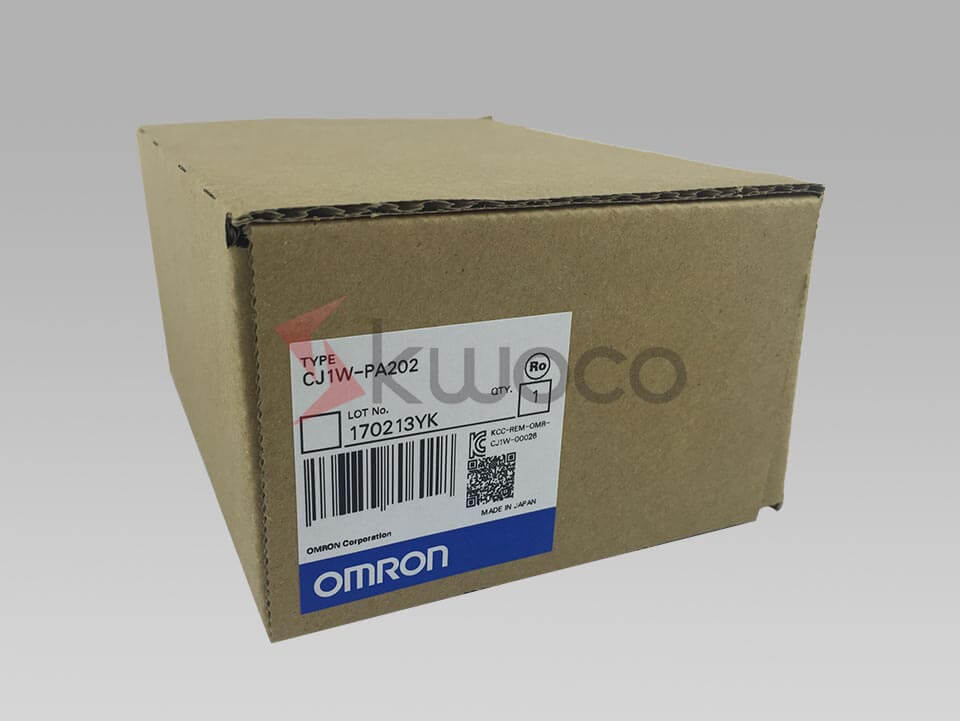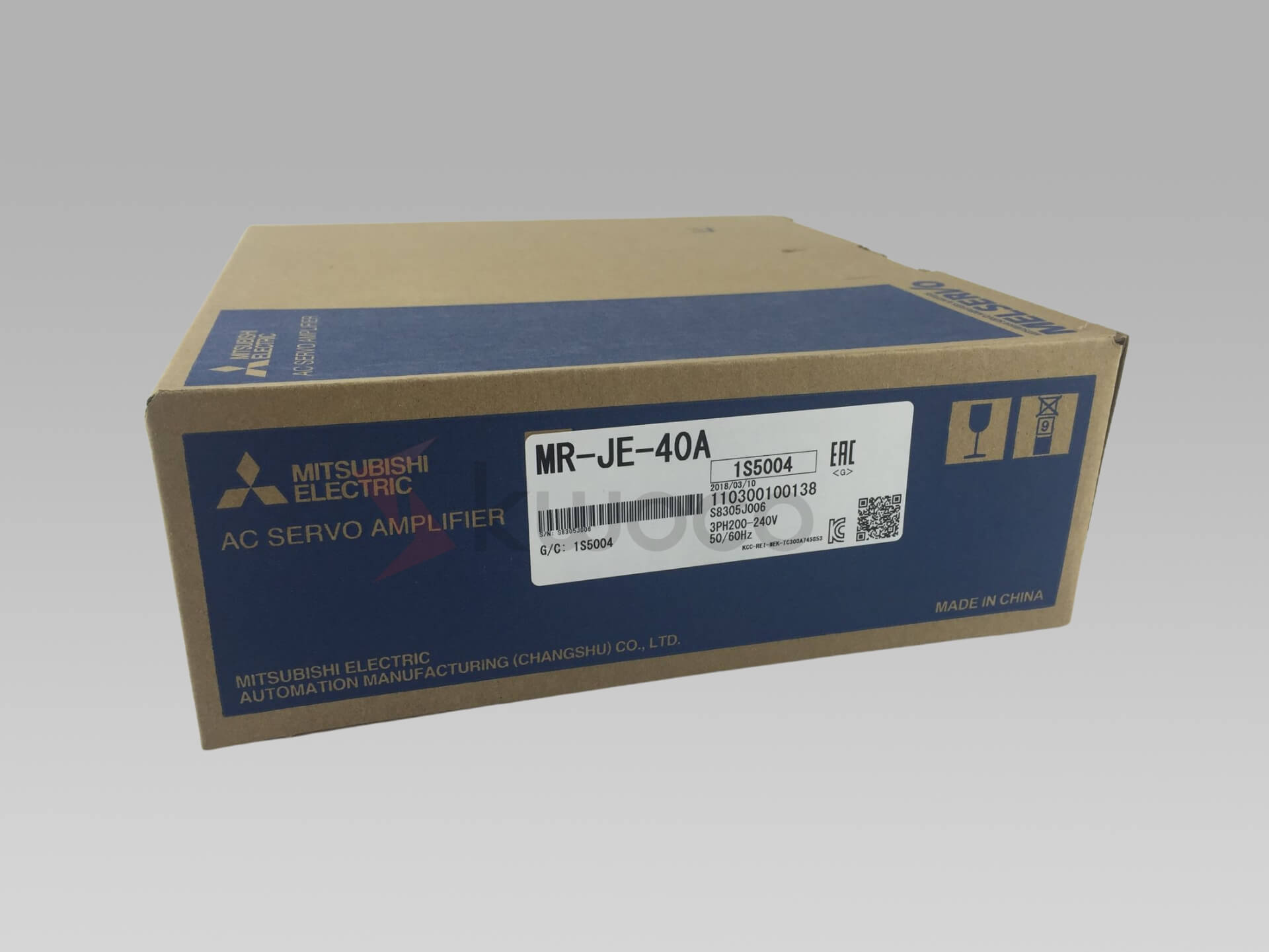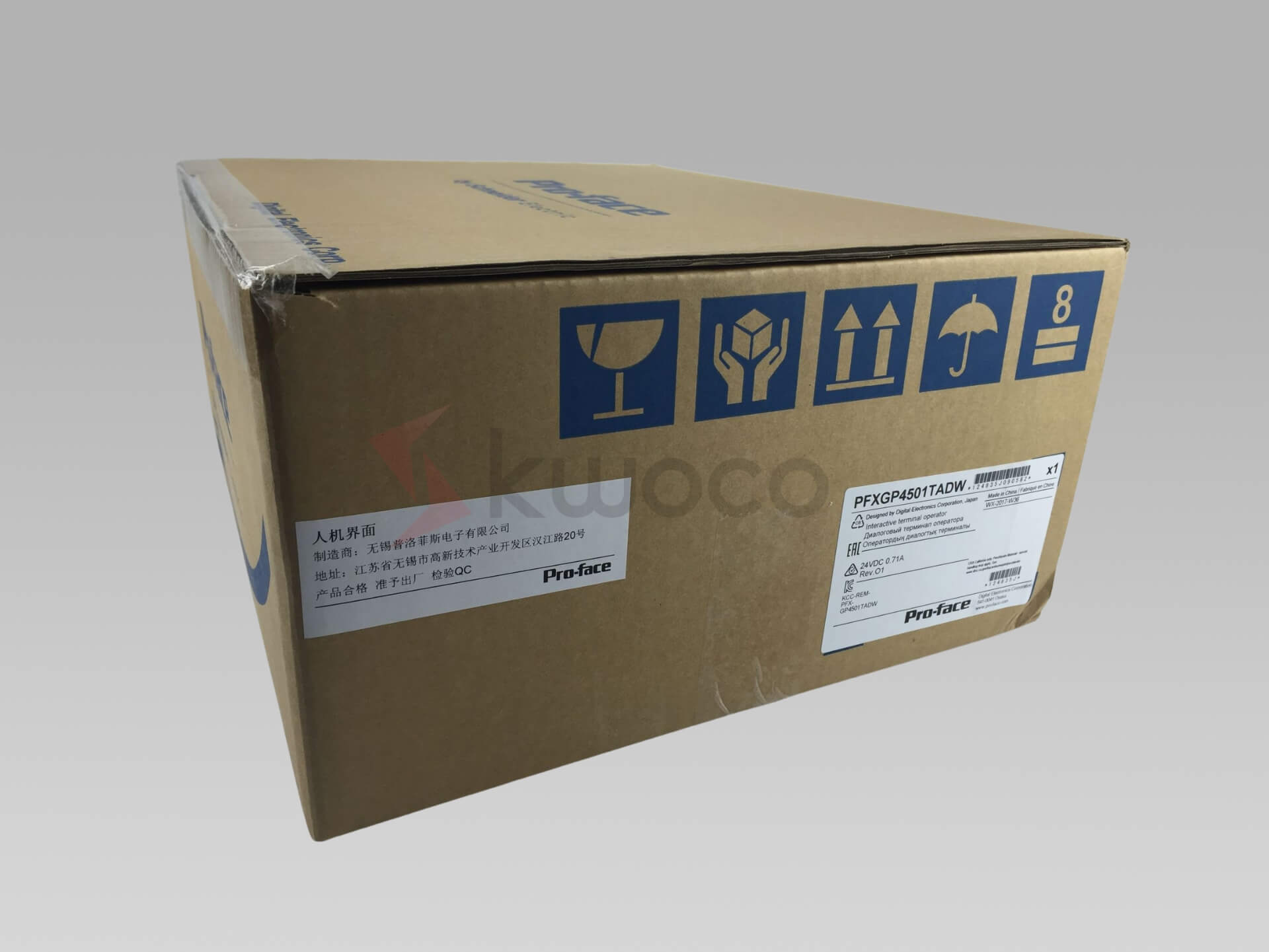LCD, Digitizer, or Touchscreen Woes? Find the Perfect Industrial Display Solution!
Table of Contents
1. What is an LCD (Liquid Crystal Display) and Why is it Important in Industrial Settings?
In the world of industrial automation, clear and reliable information display is paramount. That’s where the LCD (Liquid Crystal Display) comes in. The liquid-crystal display is the visual component underneath the glass that displays the image.
It is the source of the image displayed on your phone, tablet, or industrial control panel. In short, an LCD is the heart of your display, responsible for creating the image on the screen.
Think of manufacturing plants, machinery and equipment factories, and factory solution companies. These environments rely on LCD displays in programmable logic controllers (PLCs), Human Machine Interfaces (HMIs), and various control panels.
These screens display the image, providing operators with crucial real-time data about production processes, equipment status, and potential issues. A faulty LCD’s can lead to misinterpretations, delays, and even costly errors. If the image displayed on your phone is not working fine, then you need to replace it.![]()
2. Decoding the Digitizer: What Does It Do in Your Touchscreen Device?
Now, let’s talk about the digitizer. Touchscreen devices contain a thin transparent layer of plastic. The digitizer is the only part that’s designed to convert analog touch into digital signals that your device can understand.
It’s the component that reads your touch and transports that information to the device’s processor. Without a functioning digitizer, your touchscreen won’t respond to touch. You won’t be able to swipe, tap, or interact with the image displayed on your phone.
In the industrial context, imagine an operator trying to adjust settings on a machine via a touchscreen interface. If the digitizer is failing, they might experience inaccurate input, delayed responses, or complete unresponsiveness.
This can disrupt production flow, compromise safety, and increase downtime. If your touch is not working, then you need to replace the digitizer.
3. Touchscreen Technology Explained: How Do LCDs and Digitizers Work Together?
A touchscreen isn’t just one thing; it’s usually made with three main parts: the LCD display, the digitizer sheet, and the front glass panel. These are often fused together to create a seamless interface.
The LCD display the image, the digitizer detect touch, and the protective glass safeguards the delicate components. In advanced industrial HMI, there is a thin transparent layer of plastic that covers the lcd.
Here’s how it works: When you physical touch the touchscreen, the digitizer sense the pressure and location of your finger or stylus. It then convert analog signals generated by your touch into digital signals, which are sent to the device’s processor.
The processor interprets these touch commands and responds with the appropriate action, such as opening an application, adjusting a setting, or moving a robotic arm.
4. Digitizer vs. LCD: Spotting the Difference and Diagnosing Problems
So, how do you tell if the problem lies with the digitizer or the LCD? Here’s a breakdown to help you diagnose the issue:
- Digitizer Problems:
- The screen is visually fine but doesn’t respond to touch.
- Inaccurate touch response (e.g., tapping one area registers in a different spot).
- Intermittent touch response (works sometimes, not others).
- LCD Problems:
- Cracked or broken LCD screen.
- No image on the screen at all.
- Distorted, discolored, or flickering image on the screen.
- Black spots or lines on the LCD display.
The digitizer is the touch screen digitizer that goes on top of the lcd, which is the visual component underneath the glass that displays the image. You can understand the relationship by comparing with the windshield in the car. Windshield prevents the driver from the external weather conditions and the display of the car.
5. LCD Display Issues: When Do You Need to Replace the Entire Screen?
If your LCD exhibits any of the problems listed above – cracks, distortion, no image on the screen, etc. – you’ll likely need to replace the lcd screen. Screen replacement can be costly, but it’s often the only way to restore full functionality and clarity. The complete screen is sometimes called a screen assembly.
For industrial equipment, using high-quality replacement LCD display is crucial. Cheaper alternatives might have poor viewing angles, low brightness, or limited lifespans, which can negatively impact operator performance and increase the frequency of repairs.
We, as industrial automation experts, understand the importance of selecting the right type of screen for a particular environment. We help our customers select the right LCD, with the goal of reducing costs, maintaining safety, and increasing overall productivity. We select the right screens so our customers do not need to replace the lcd screen on a short-term basis.
6. Is it Just the Glass? Understanding Front Glass Damage and Repair Options.
Sometimes, the damage seems superficial. Maybe there’s a small crack at the top of the screen, but the image displayed on your phone still looks fine and the touchscreen still works.
In these cases, you might be wondering if you can simply replace the glass on the display. Usually made with three main parts the glass on the touchscreen device is only the protective glass sheet and is the top glass.
The answer depends on the design of the screen assembly. In some cases, the front glass is separate from the digitizer sheet and LCD display, making it possible to replace it independently.
However, in many modern touchscreen devices contain, the glass digitizer is digitizer fused to the LCD. This means that to remove the digitizer, or to replace the glass, you’ll also replace the lcd.
7. Touchscreen Digitizer Problems: How to Tell if the Digitizer Needs Replacing.
If the LCD display looks fine, but your touchscreen isn’t responding correctly, the digitizer is likely the culprit. Here are some telltale signs that you need to replace the digitizer:
- No response to touch: The screen doesn’t register any input when you tap, swipe, or use a stylus.
- Inaccurate touch response: Tapping one area of the screen results in the device registering the input in a different location.
- Dead zones: Certain areas of the screen don’t respond to touch at all.
- Intermittent touch response: The touchscreen works sporadically, sometimes responding and sometimes not.
- Ghost touches: The screen registers touches even when you’re not touching it.
8. LCD vs. Glass: What’s the Real Damage?
Understanding digitizer vs the LCD will help you assess whether the screen is broken. The screen display is usually made with a glass, however the main goal of protective glass is to protect the screen display is usually. Let’s clarify what the real damage is:
- Glass damage typically refers to cracks, scratches, or breaks on the front glass. If the LCD display is still functioning normally and the touchscreen is responsive, you might be able to get away with just replacing the glass digitizer, if it’s a separate component.
- LCD damage involves issues with the image on the screen, such as distortion, discoloration, dead pixels, or a completely black screen. If the LCD is damaged, you’ll definitely need to replace the lcd screen.
9. Choosing the Right Industrial Display Solution: Factors to Consider
When selecting a replacement LCD, digitizer, or touchscreen for your industrial equipment, consider these factors:
- Compatibility: Ensure the replacement part is compatible with your specific equipment model.
- Quality: Choose high-quality components from reputable manufacturers to ensure reliability and longevity.
- Environmental Factors: Consider the operating environment (temperature, humidity, vibration) and choose displays designed to withstand those conditions.
- Viewing Angle: Select displays with wide viewing angles to ensure clear visibility from various positions.
- Brightness: Choose displays with adequate brightness for the ambient lighting conditions.
- Touch Technology: Select the appropriate touchscreen technology (resistive, capacitive, etc.) based on your application requirements.
- Cost: Balance cost with quality and performance to find the best value for your investment.
10. Need Help with Your Industrial Display? Contact Us for Expert Assistance!
Navigating the world of industrial displays can be complex. As experts in industrial automation and control products, we can help you diagnose problems, select the right replacement parts, and optimize your equipment for peak performance.
If you’re facing LCD, digitizer, or touchscreen issues, contact us today for expert assistance! We serve machinery and equipment factories, manufacturers, and factory solution companies.
We offer:
- Expert troubleshooting and diagnostics
- High-quality replacement LCDs, digitizers, and touchscreens
- Custom display solutions for industrial applications
- Fast and reliable service
Don’t let display problems disrupt your operations. Contact us today, and let’s get your equipment back on track!
Frequently Asked Questions
The LCD display is responsible for displaying the image on the screen, while the digitizer sense your touch and convert analog physical touch into digital signals that the device can understand.
If the screen is visually damaged or the image displayed on your phone is distorted, the LCD is likely the problem. If the screen looks fine but doesn’t respond to touch, the digitizer is probably the issue.
In some cases, yes. However, in many modern devices, the glass digitizer is digitizer fused to the LCD, so you’ll need to replace the lcd screen to replace the glass.
Consider compatibility, quality, environmental factors, viewing angle, brightness, touchscreen technology, and cost.
Yes! Contact us with your equipment model number, and we’ll help you find a compatible and high-quality replacement.
Power your projects with brand-new, original Omron, Mitsubishi, Schneider HMI – in stock, ready now!
Conclusion
- The LCD is the source of the image on the screen, while the digitizer enables touch functionality.
- Diagnose display problems carefully to determine whether the LCD, digitizer, or front glass needs replacing.
- Consider compatibility, quality, and environmental factors when choosing replacement displays.
- Contact us for expert assistance with industrial display problems and solutions.
By understanding the intricacies of LCDs, digitizers, and touchscreens, you can ensure that your industrial equipment is always operating at peak performance. Don’t hesitate to reach out to us for expert guidance and support!
Contact Us
Just fill out your name, email address, and a brief description of your inquiry in this form. We will contact you within 24 hours.
You May Also Find These Topics Interesting
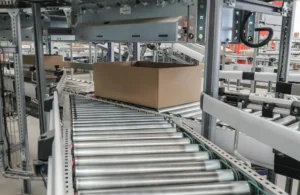
What do Photoelectric Sensors Detect?
You might wonder, what exactly do photoelectric sensors detect?
Simply put, photoelectric sensors detect the presence or absence of an object using light. They are essential components in automation, used across industries to ensure processes run smoothly and efficiently.

Why Signal Isolation is Crucial for Omron PLCs?
Why Signal Isolation is Crucial for Omron PLCs? In the world of industrial automation, signal interference is a silent killer.
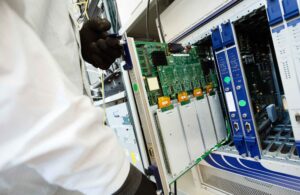
Can I use PC instead of PLC?
In the ever-evolving world of industrial automation, a pressing question often arises: Can I use a PC instead of a PLC? With the advancements in technology, both PLCs (Programmable Logic Controllers) and PCs (Personal Computers) have become integral in controlling industrial processes. This article explores the major differences between these two control options, helping you decide which is best suited for your automation system.

